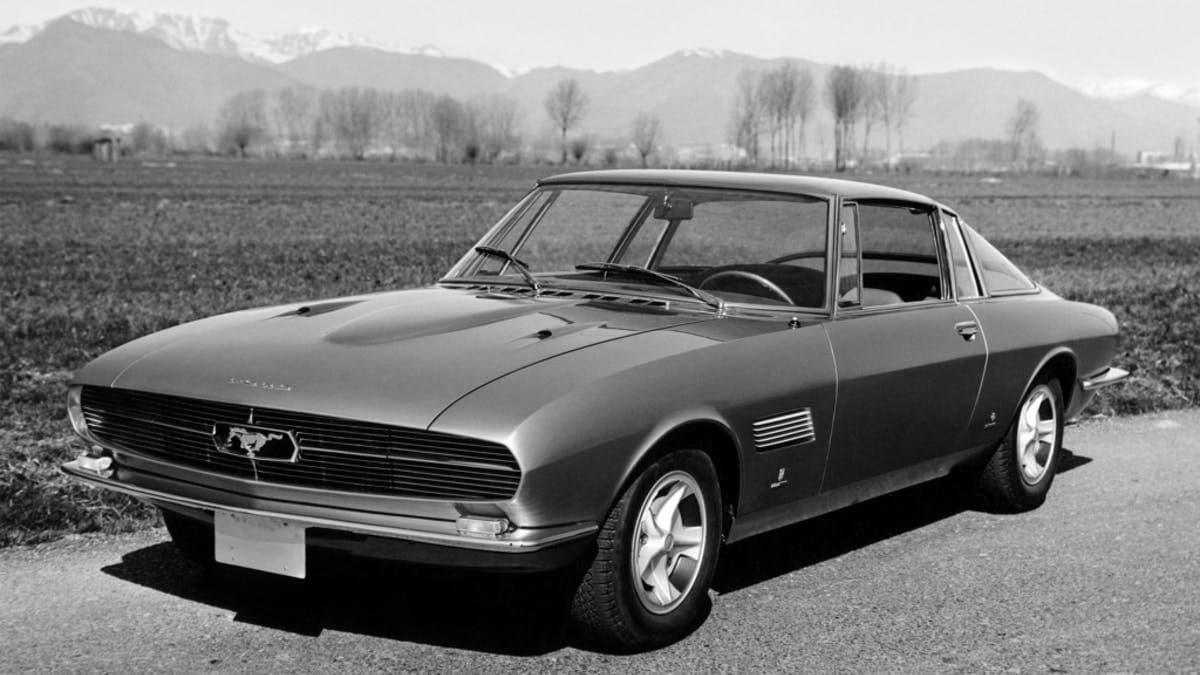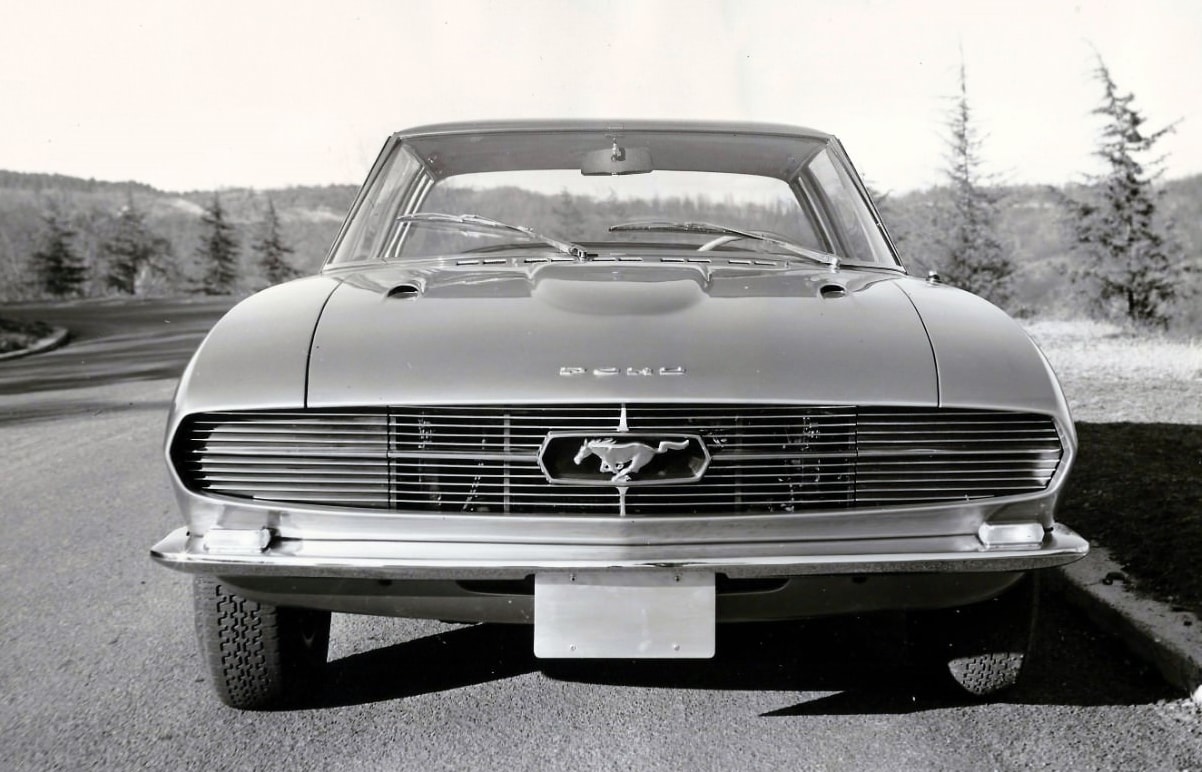The automotive age has lasted over 100 years, enough time to create car mythology, legends, and history. The classic car community is filled with interesting barn-find stories. There are thousands of car enthusiasts searching through forgotten warehouses and garages looking for automotive treasures in the hope of finding a four-wheeled Holy Grail. In the last few years, there have been several big discoveries of cars worth millions of dollars.
Most of them have been lost for over 50 years, but there are still more lost classics out there. These cars have been out of the limelight for decades. Many think they are hidden or even possibly destroyed. The whereabouts of some of those cars are known, but they are unobtainable. Other famous cars have disappeared into thin air. These have never resurfaced again. Read on to learn about the 20 greatest automotive mysteries and famous lost cars that have puzzled classic car enthusiasts for decades.

20. Bertone Mustang
Since the Mustang was a hot car in the mid-’60s, lots of coachbuilders and design houses tried to improve the design and introduce own creations based on Ford’s best seller. One of the most interesting was the 1965 Bertone Mustang.

First presented at the Geneva Motor Show in 1965, the Bertone Mustang was a redesigned car the based on Mustang GT platform. Bertone made a different and aerodynamically enhanced body, custom interior, and special details. However, Ford wasn’t interested and this car was sold to a string of owners. Today’s whereabouts are unknown.
